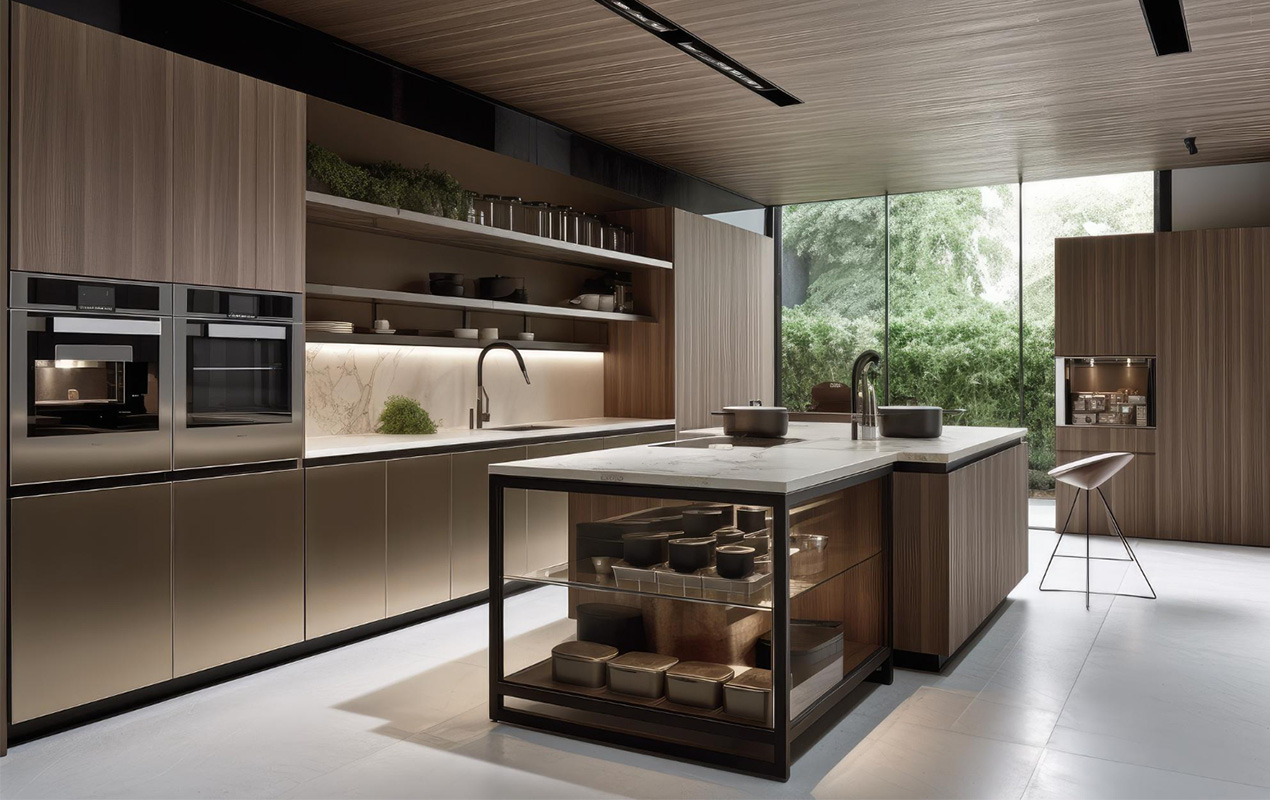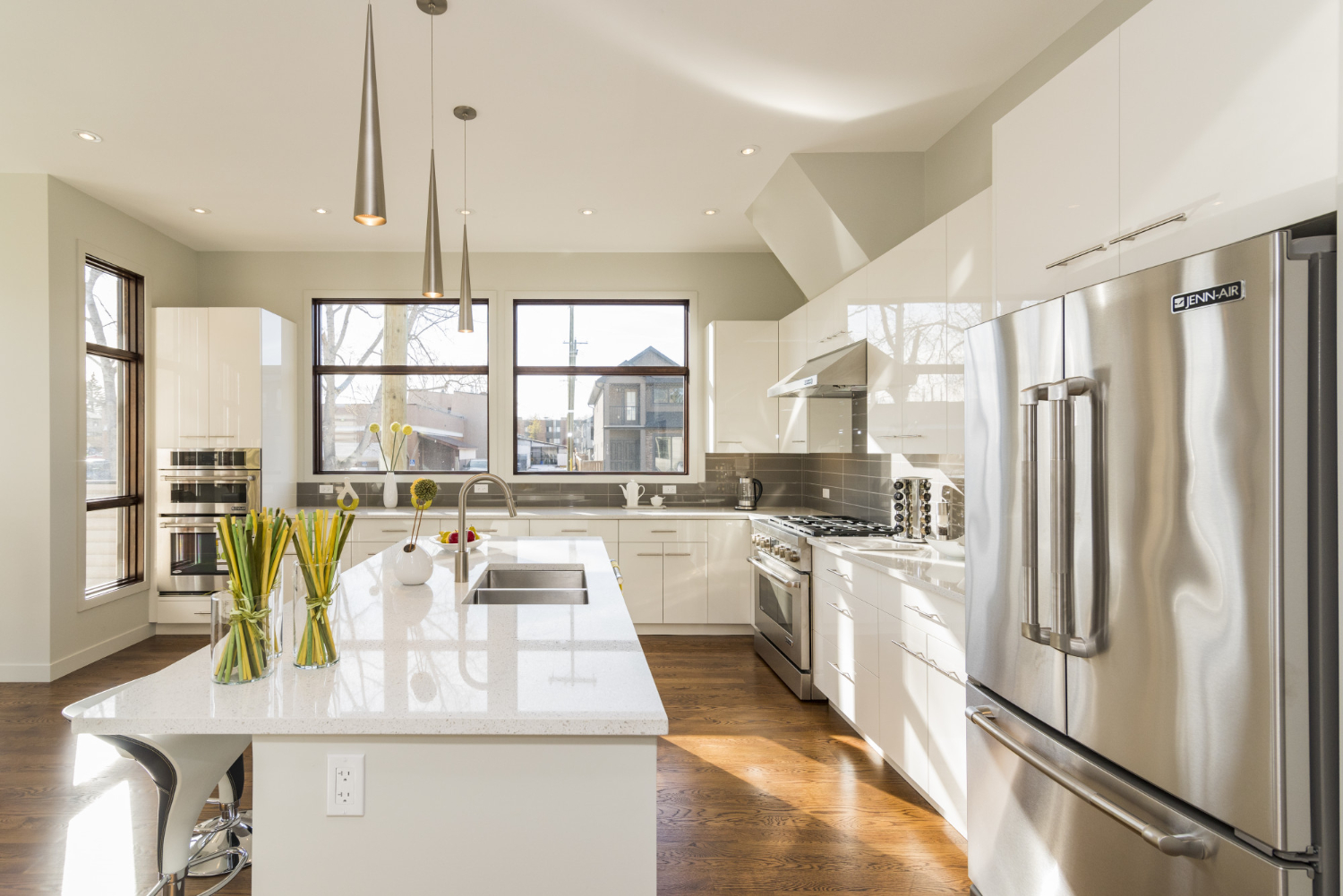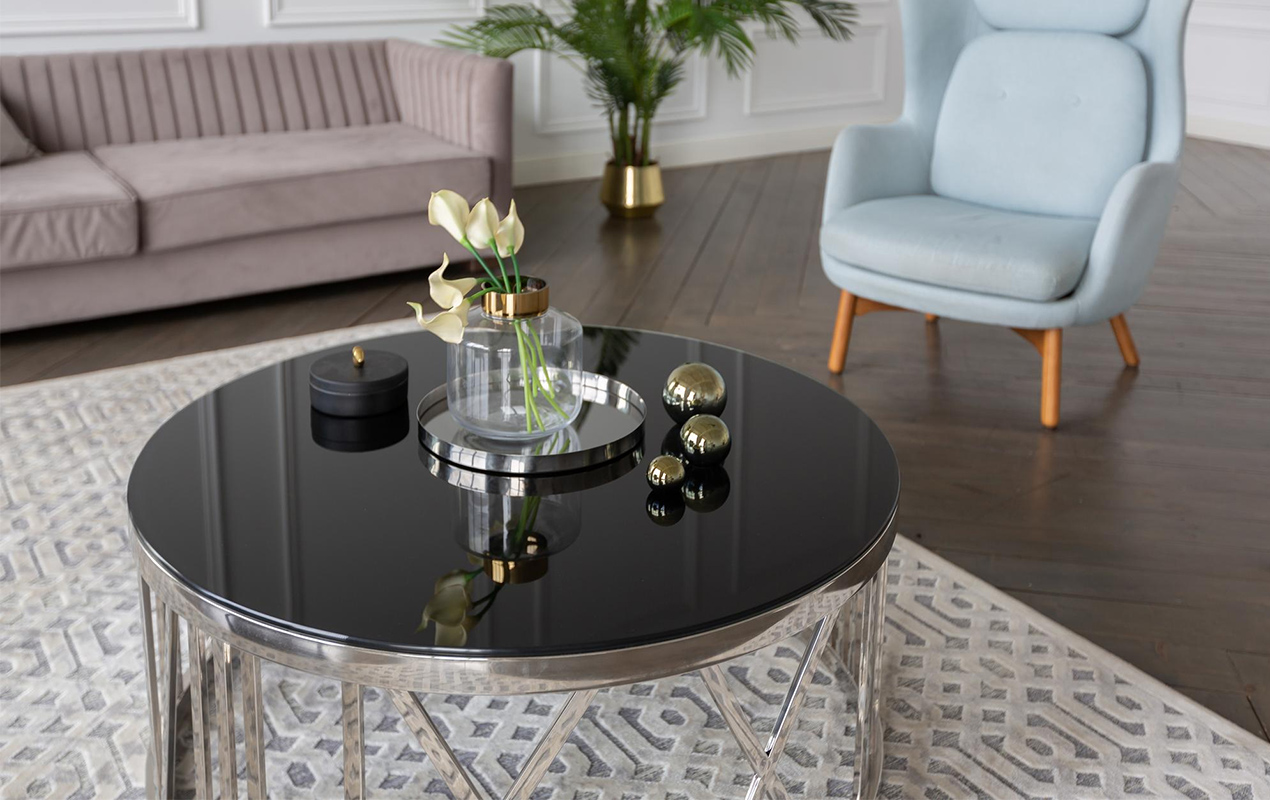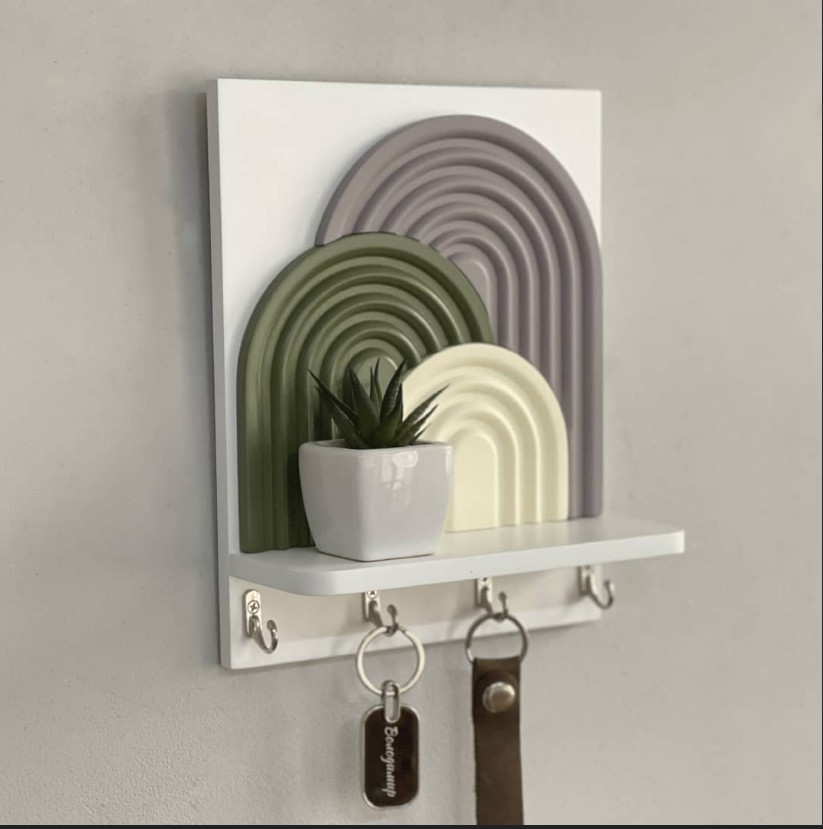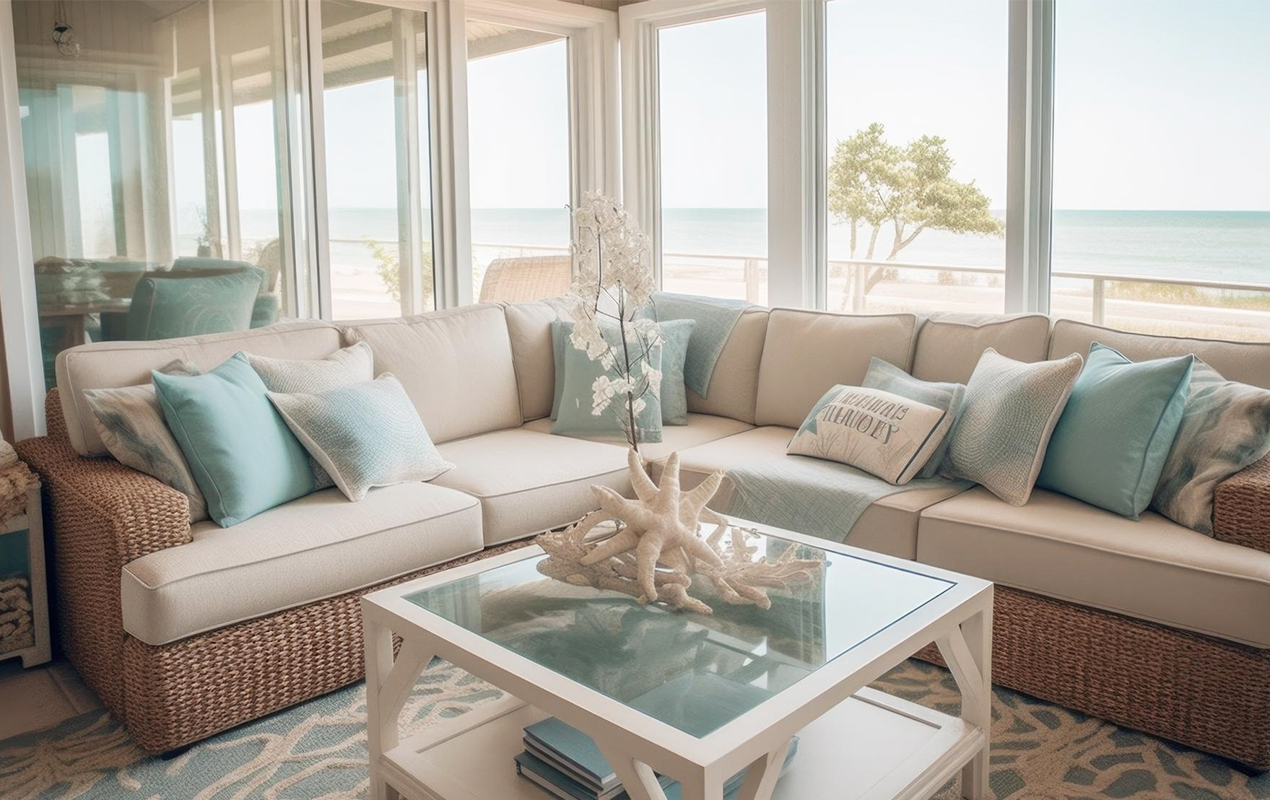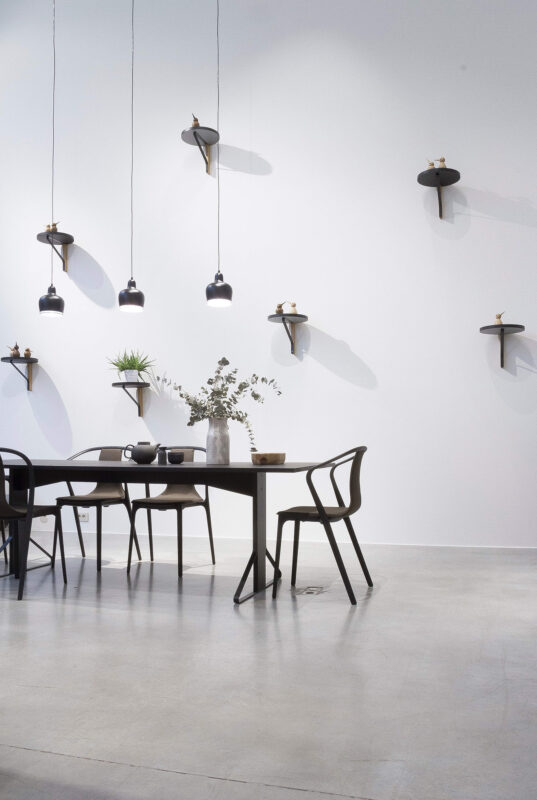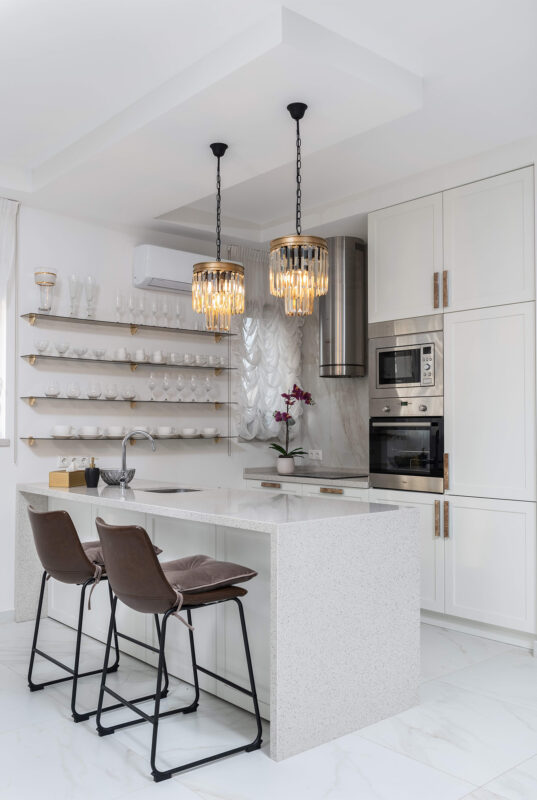Blog
Eco-Friendly Renovations Start With Recycled Materials

Home renovations are an exciting opportunity to enhance comfort, increase property value, and express personal style. But in an era of heightened environmental awareness, they’re a chance to make choices that reduce waste and conserve resources. Eco-friendly renovations focus on using sustainable materials and responsible construction practices to lower your home’s environmental footprint without sacrificing quality or aesthetics. One of the most impactful steps in this process is incorporating recycled materials into your project.
Understanding The Value Of Recycled Building Materials
Recycled building materials give new life to resources that might otherwise end up in landfills. These can range from reclaimed wood and salvaged metal to repurposed glass and recycled plastics. Choosing such materials conserves raw resources and reduces the energy required to produce new ones. This lower demand for virgin materials helps cut greenhouse gas emissions and supports a more circular economy.
Many modern recycled materials are engineered for durability and performance, often rivaling or exceeding their non-recycled counterparts. For example, recycled steel can be just as strong as new steel, while reclaimed wood offers unique character and history that can’t be replicated in newly milled lumber. By understanding the benefits and potential applications of these products, homeowners can make informed decisions that align with both design goals and environmental values.
Finding Reliable Sources For Sustainable Products
Once you decide to incorporate recycled materials into your renovation, the next step is sourcing them from reputable suppliers. For plastics-based materials, working with a trusted recycled plastic products manufacturer ensures that you receive products that meet high-quality and safety standards. The same applies to other recycled goods, whether it’s a supplier of reclaimed wood, salvaged fixtures, or recycled glass tiles.
Verifying the origin and processing of recycled materials is important. Look for suppliers who can provide details on the percentage of recycled content, the sourcing process, and any relevant certifications, such as LEED or Cradle to Cradle. Partnering with reliable sources helps guarantee that your renovation materials are sustainable and suitable for their intended purpose in terms of strength, durability, and maintenance requirements.
Creative Applications Of Recycled Materials In Renovations
Recycled materials can be incorporated into almost every part of a renovation, offering both practical and decorative possibilities. Reclaimed wood might be used for flooring, accent walls, or custom furniture. Recycled glass can be transformed into stunning countertops or backsplashes. Metals salvaged from old buildings can find new life as railings, light fixtures, or cabinet hardware.
Even structural components can include recycled content, such as insulation made from recycled denim or concrete blends that incorporate fly ash or slag. Rammed earth homes are a good option if you want an eco-friendly build because they offer natural insulation and reduce reliance on manufactured materials. These creative applications add eco-friendly credibility to your project and can result in distinctive, one-of-a-kind design elements that set your home apart.
Balancing Sustainability With Function And Style
While it’s important to prioritize sustainability, recycled materials should still meet your functional needs and aesthetic preferences. Fortunately, advances in manufacturing have made it easier to find recycled products that offer the same performance and design versatility as traditional materials. From modern minimalist to rustic farmhouse, recycled materials are available in a wide range of finishes, colors, and textures.
When planning your renovation, consider the specific requirements of each space. High-traffic areas like kitchens and entryways may benefit from recycled materials known for their resilience, while decorative spaces offer more freedom to experiment with unique or delicate finishes. The right balance ensures that your renovation is both environmentally responsible and tailored to your lifestyle.
Cost Considerations And Long-Term Savings
One misconception about eco-friendly renovations is that they are always more expensive. While certain recycled materials may have higher upfront costs, they can lead to significant long-term savings. Durable recycled products often require less maintenance and have longer lifespans, reducing the need for replacements. Using recycled materials can sometimes qualify you for tax credits, rebates, or incentives, depending on your location.
Incorporating energy-efficient systems alongside recycled materials can further maximize savings. For example, pairing recycled insulation with high-performance windows and adding solar energy solutions can reduce heating and cooling costs year-round. By looking at the full lifecycle cost rather than just the initial price, homeowners can see the true value of sustainable renovations.
Supporting A Larger Environmental Mission
Choosing recycled materials for your renovation is more than just a design decision, it’s a contribution to a larger environmental effort. Each purchase supports industries committed to waste reduction, resource conservation, and innovation in sustainable manufacturing. This collective demand encourages more businesses to invest in recycling technologies and expand their eco-friendly product offerings.
Beyond the immediate environmental benefits, your choices can inspire others. Guests, neighbors, and even future buyers may take note of your eco-conscious design and adopt similar practices in their own projects. In this way, your renovation becomes part of a ripple effect that promotes broader change.
Final Thoughts
Eco-friendly renovations offer the chance to create a home that reflects your values while meeting your functional and aesthetic needs. By incorporating recycled materials, sourcing from reputable suppliers, and balancing style with sustainability, you can complete a renovation that benefits both you and the planet. Each decision, from the flooring under your feet to the fixtures on your walls, can make a difference, proving that a beautiful home and a healthy environment can go hand in hand.
DeCasa Collections is a website that inspires simple, stylish, and practical home ideas for every room.

